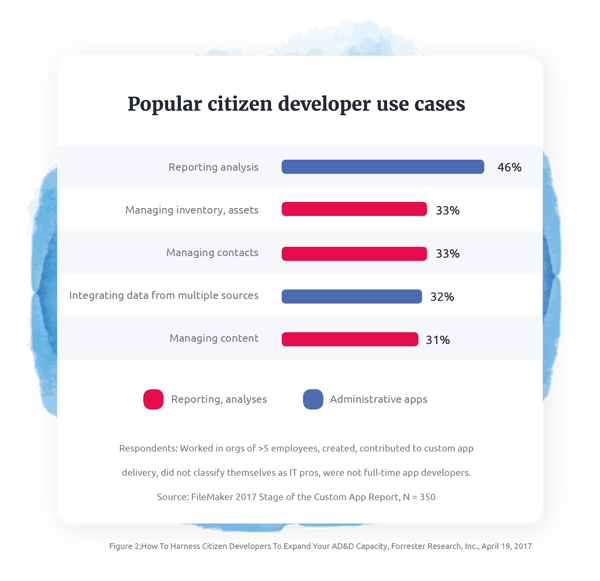No-code platform for Citizen Development
Citizen developers have been on the rise within the no-code development sphere. More companies are embracing the idea that non-technical employees can contribute to software development through the governance of IT. On this page, we will cover how to empower citizen developers to bring value to the business.










